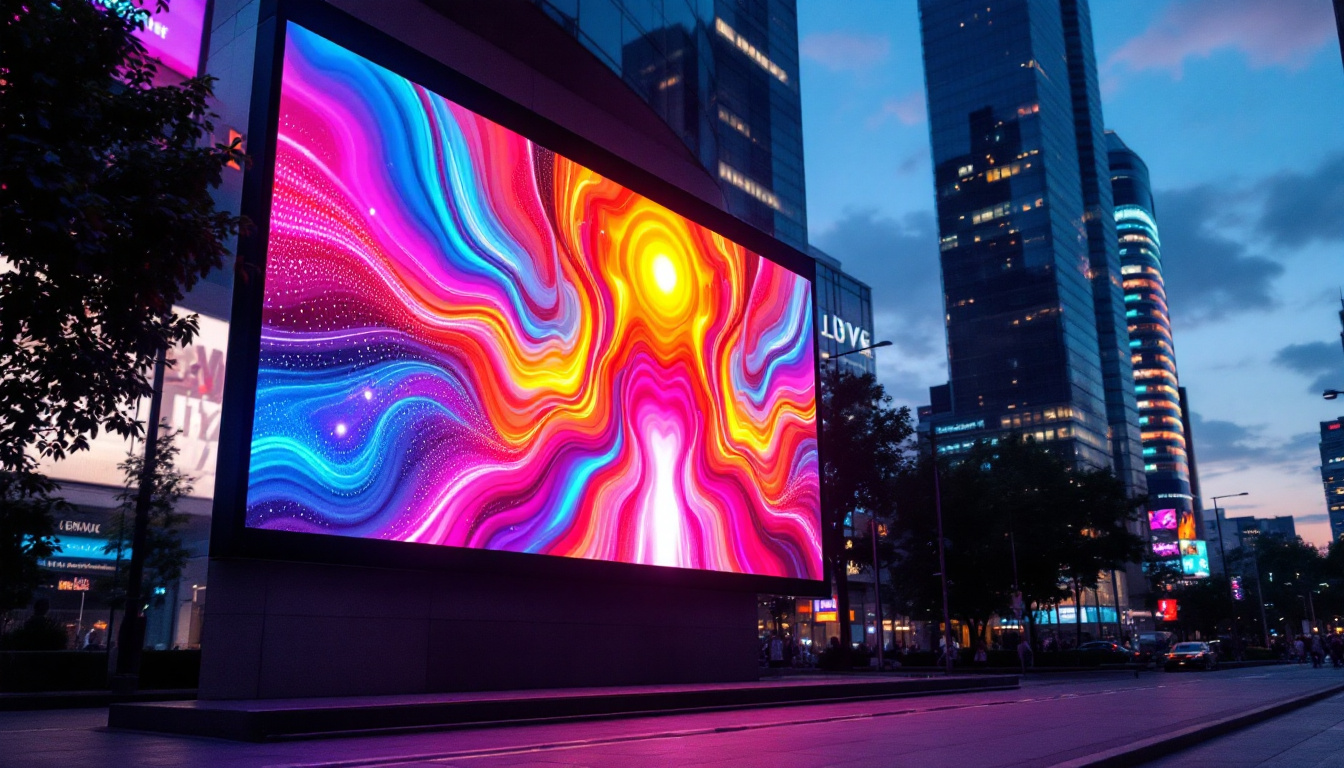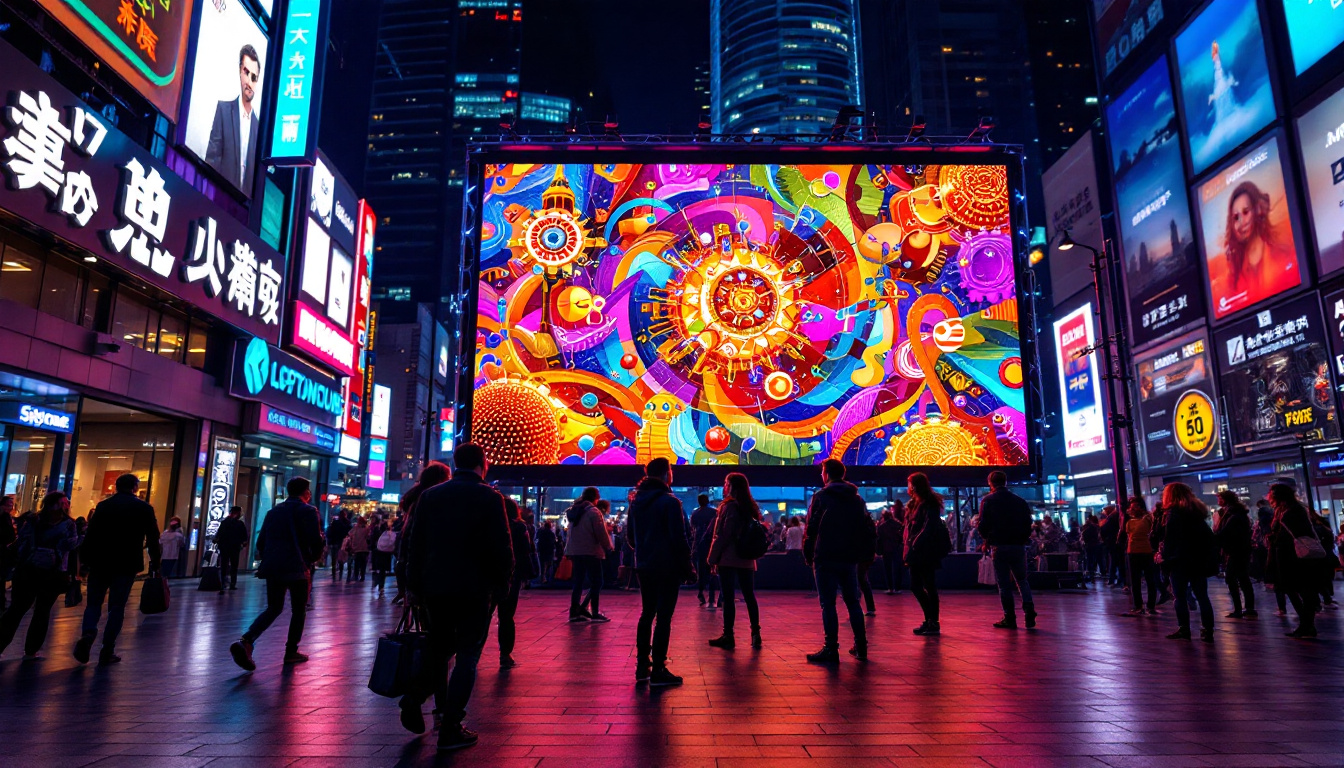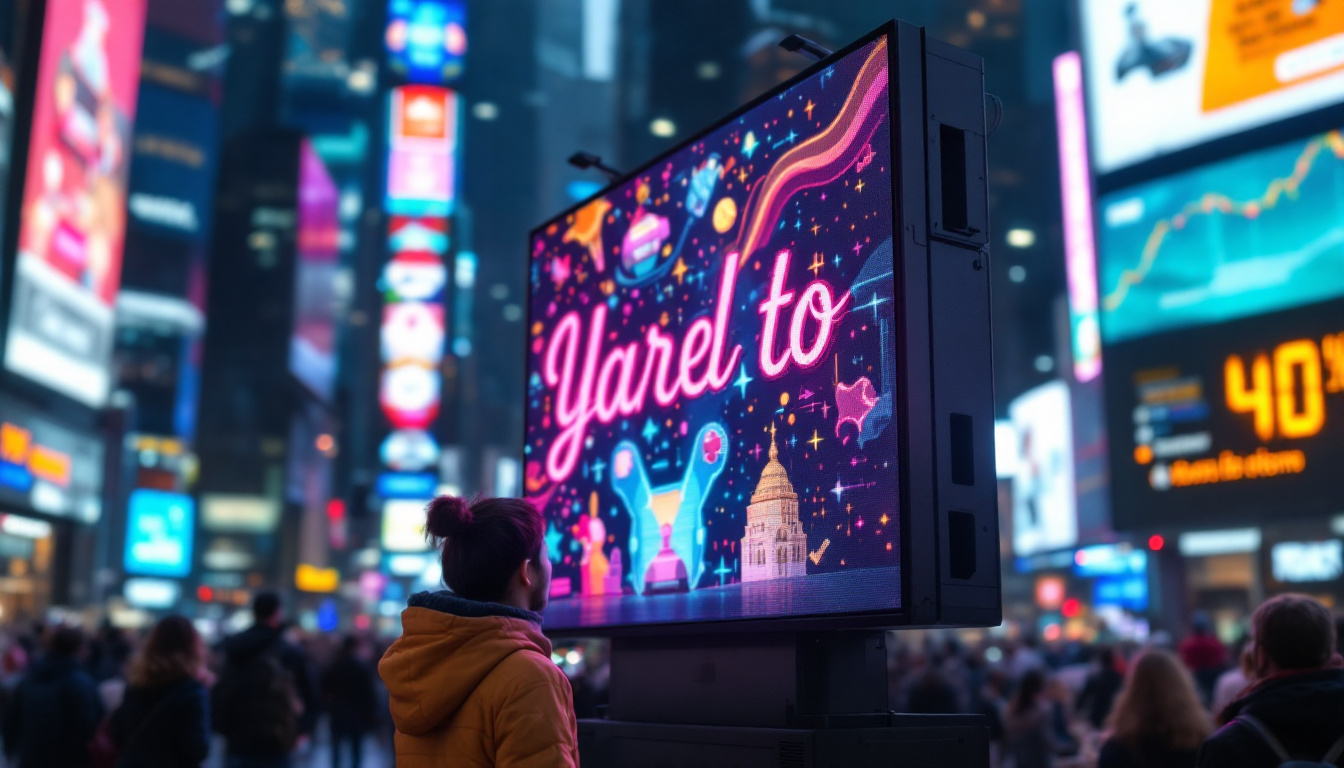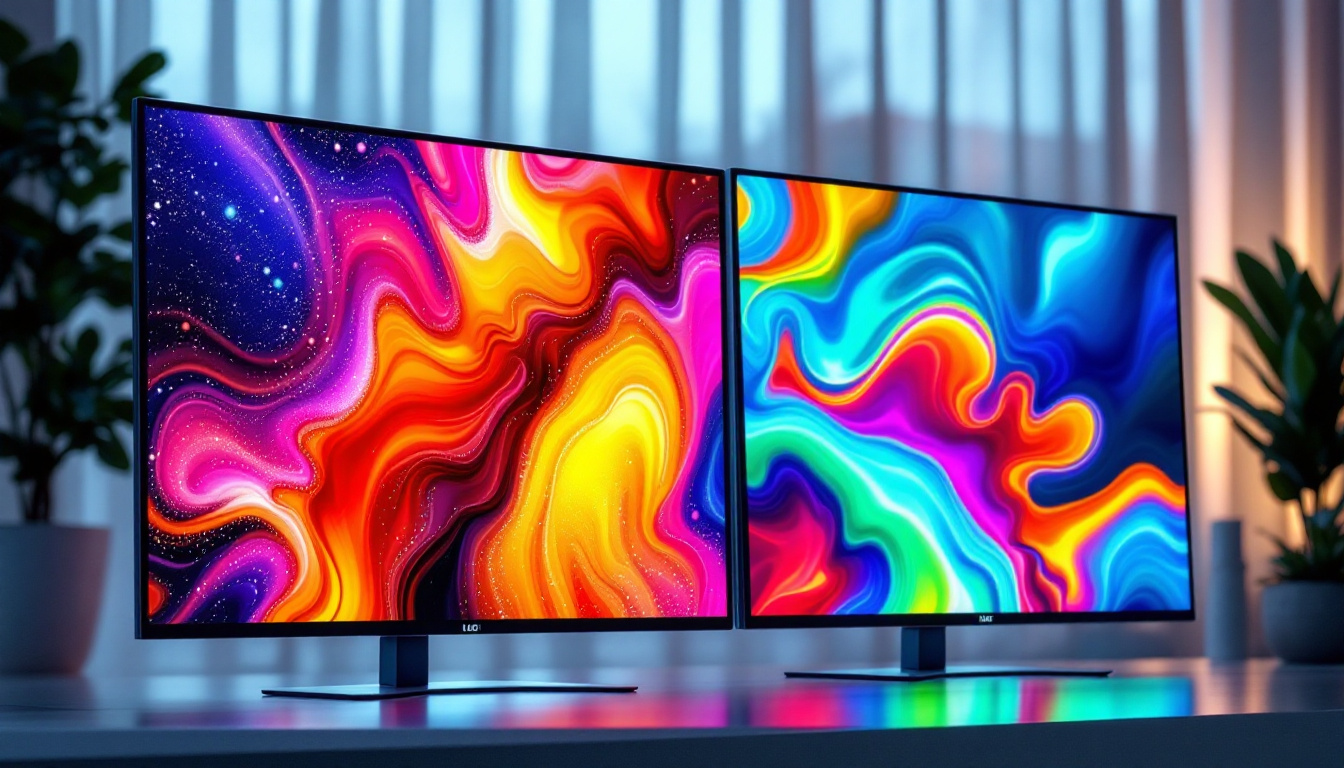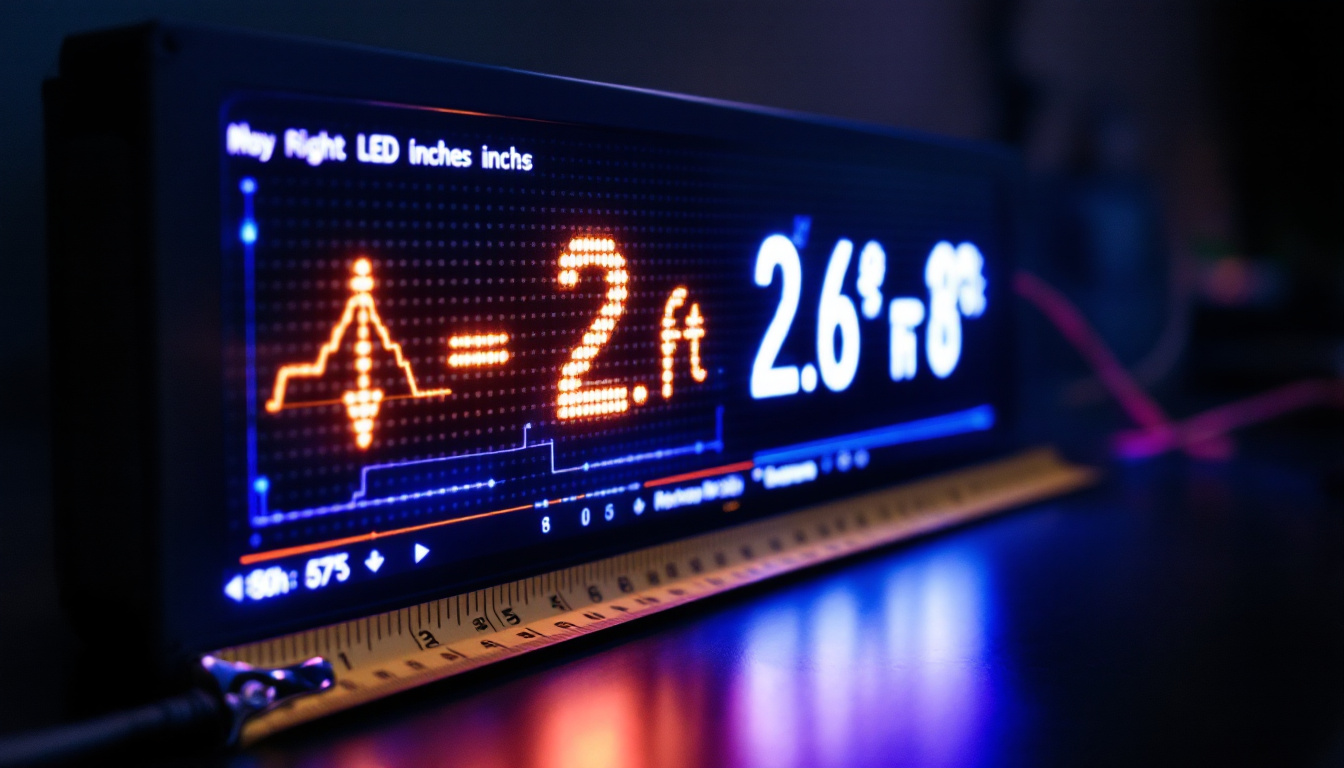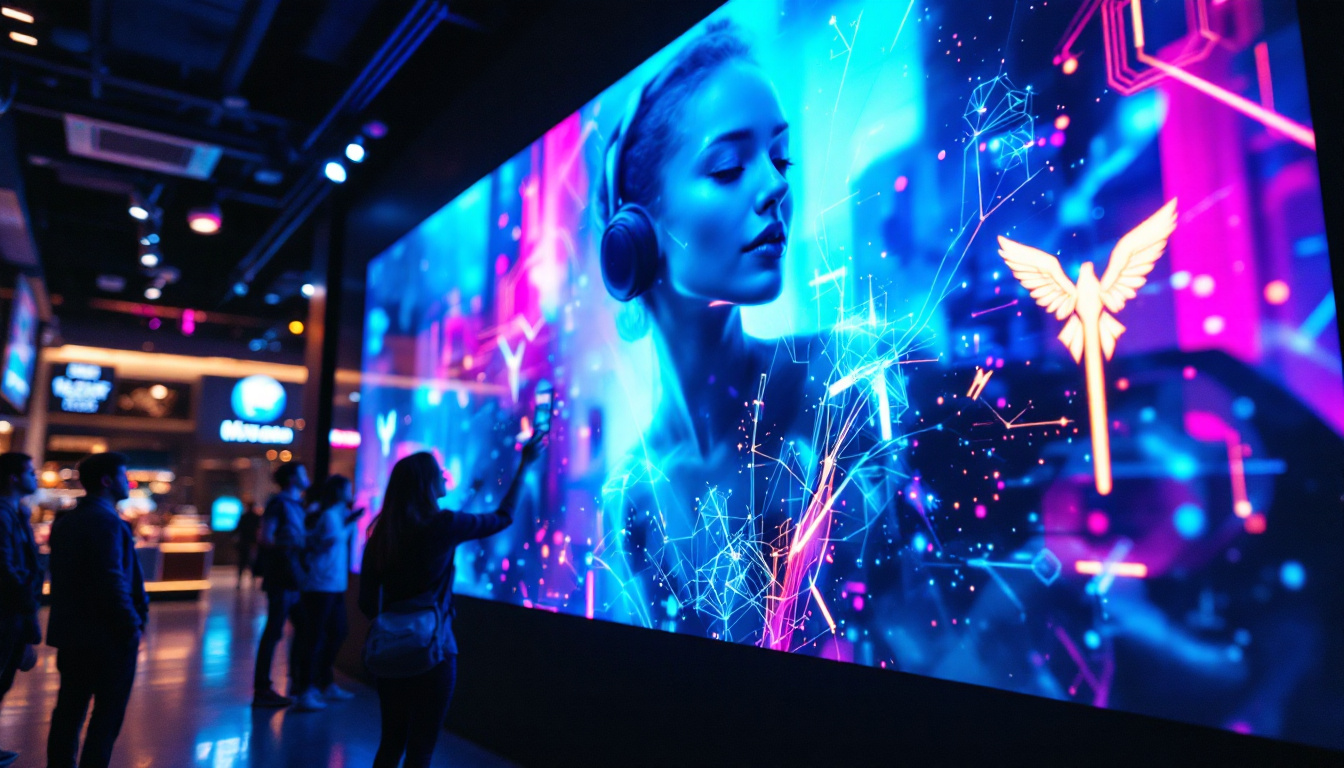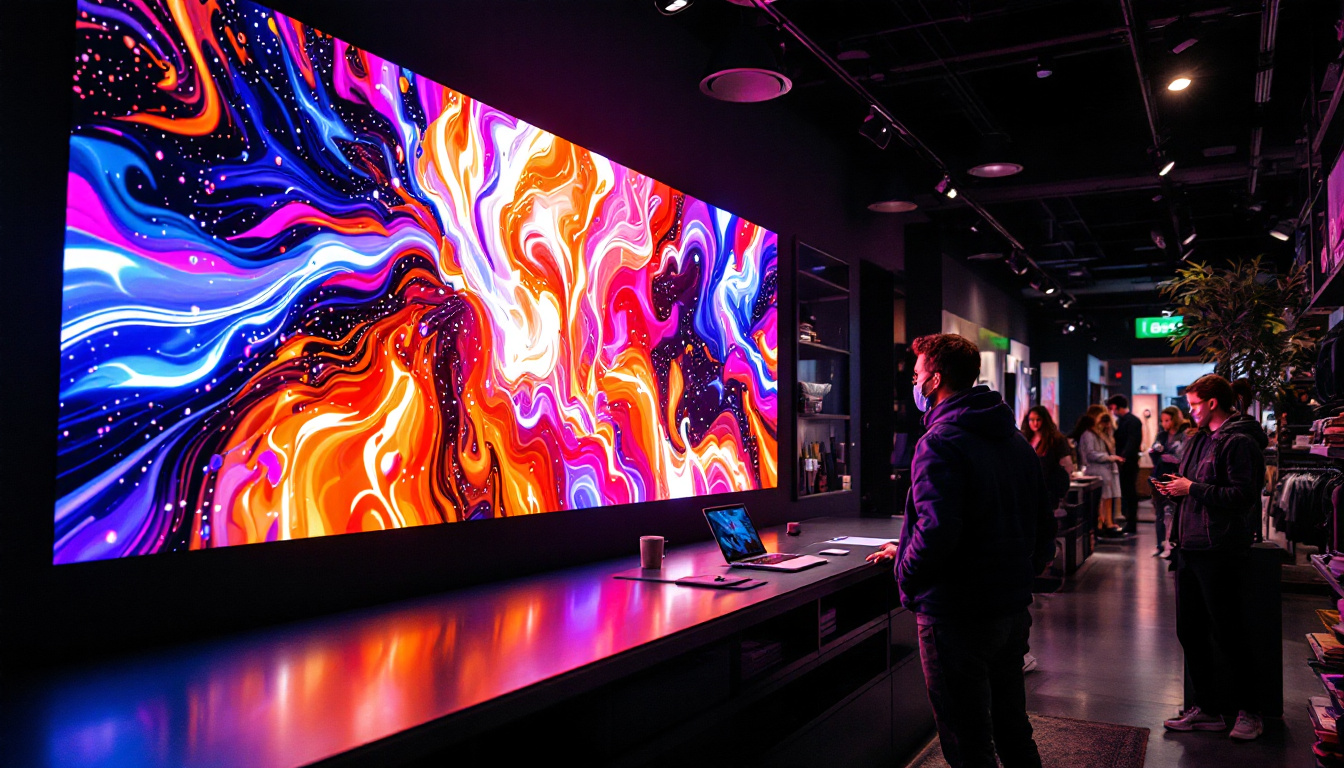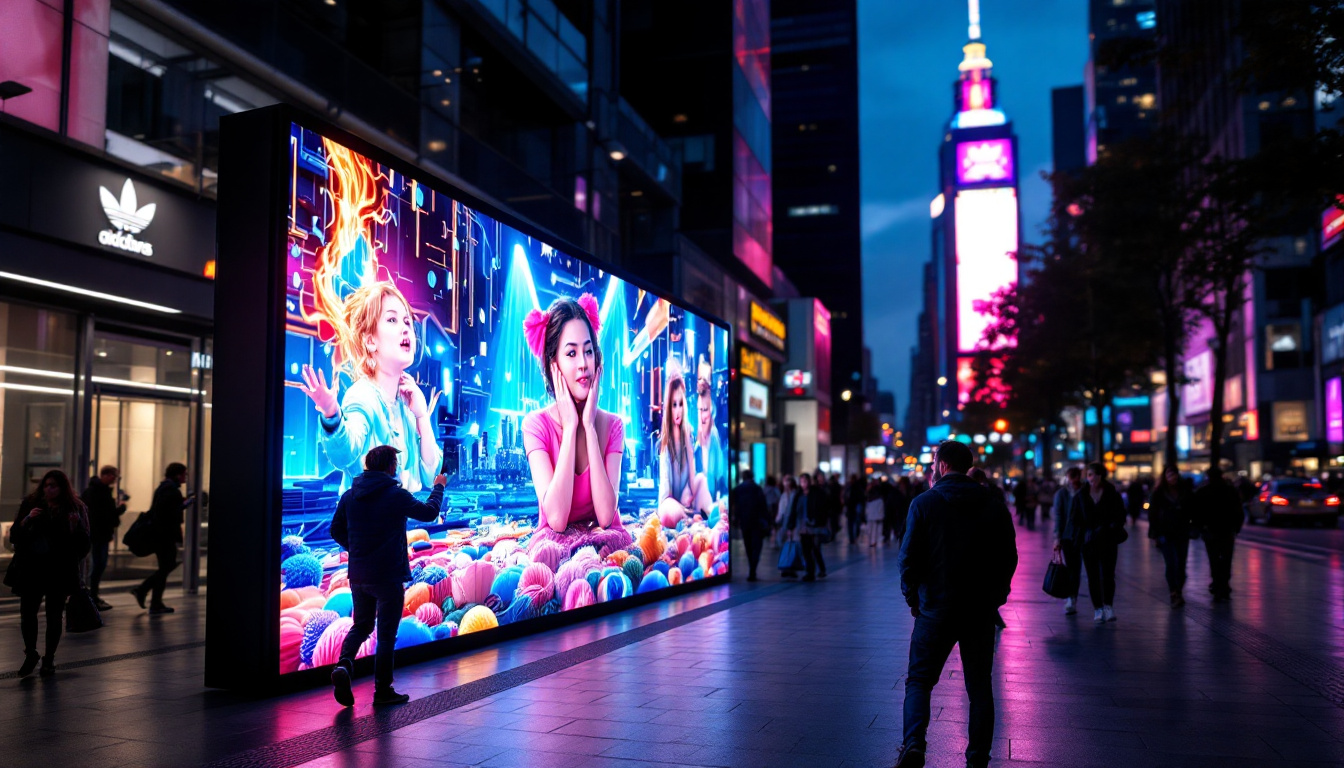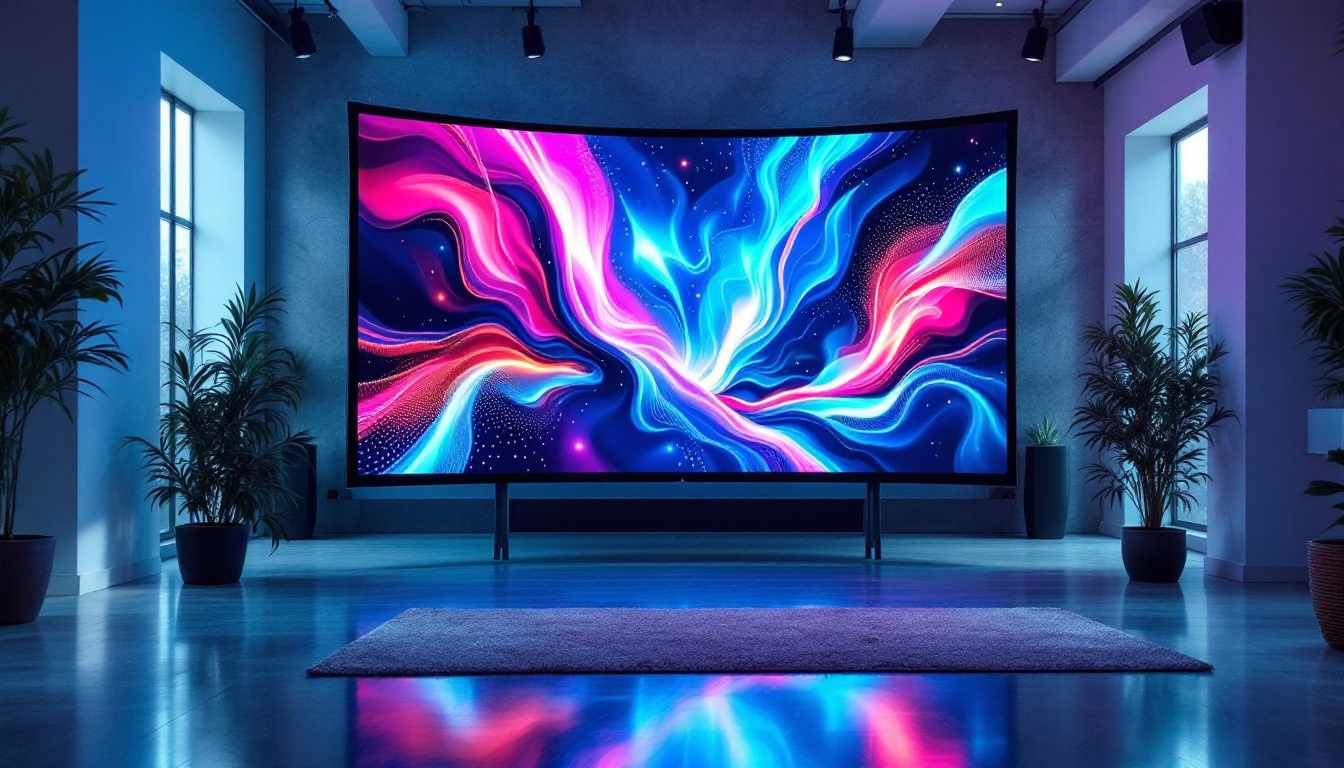Contrast Ratio WCAG: LED Display Explained
The contrast ratio is a critical aspect of visual design, particularly in the realm of LED displays. Understanding how it relates to the Web Content Accessibility Guidelines (WCAG) is essential for creating accessible and user-friendly digital content. This article delves into the significance of contrast ratios, the guidelines set forth by WCAG, and how they apply to LED displays.
Understanding Contrast Ratio
Contrast ratio refers to the difference in luminance between the lightest and darkest parts of an image or display. It is a measure of how well text and images stand out against their background. A higher contrast ratio means that the text is more easily readable against the background, which is crucial for users with visual impairments. This factor is not only important for accessibility but also plays a significant role in the overall user experience, influencing how effectively information is communicated to the audience.
How Contrast Ratio is Measured
Contrast ratio is typically expressed as a ratio, such as 21:1, which indicates that the brightest white is 21 times brighter than the darkest black. This measurement is vital for ensuring that content is legible under various lighting conditions, especially for LED displays that may be used in bright environments. In addition to standard displays, contrast ratio is also a critical consideration in print media, where the interplay of ink and paper color can significantly affect readability.
To measure contrast ratio, one can use a photometer or software tools designed for this purpose. The formula for calculating contrast ratio is:
Contrast Ratio = (L1 + 0.05) / (L2 + 0.05)Where L1 is the luminance of the lighter color and L2 is the luminance of the darker color. This calculation helps in determining whether the contrast ratio meets the recommended standards. Understanding these measurements allows designers and developers to create content that is not only visually striking but also accessible to a wider audience, ensuring that everyone can engage with the material presented.
Importance of Contrast Ratio in Design
In design, contrast ratio plays a pivotal role in accessibility and user experience. A poor contrast ratio can lead to difficulties in reading text, which may frustrate users and lead to higher bounce rates on websites or applications. For LED displays, especially those used in public spaces, ensuring a high contrast ratio is essential for visibility and readability. This is particularly true in environments with varying light conditions, where a well-calibrated contrast ratio can make the difference between effective communication and visual confusion.
Moreover, a well-implemented contrast ratio can enhance the overall aesthetic of a design, making it more visually appealing while also functional. Designers must strike a balance between creativity and accessibility to ensure that their work is inclusive. Additionally, the choice of color combinations can significantly impact the perceived contrast; for instance, using complementary colors can create a striking visual effect while maintaining readability. As design trends evolve, the emphasis on high contrast ratios remains a fundamental principle, ensuring that all users, regardless of their visual abilities, can enjoy a seamless and engaging experience with digital and print media alike.
WCAG Guidelines and Contrast Ratio
The Web Content Accessibility Guidelines (WCAG) provide a framework for making web content more accessible to people with disabilities. One of the key components of these guidelines is the contrast ratio requirements, which are designed to ensure that text is legible against its background.
WCAG Levels of Compliance
WCAG outlines three levels of conformance: A, AA, and AAA. Each level has specific requirements regarding contrast ratios:
- Level A: The most basic web accessibility features.
- Level AA: This level includes more detailed requirements, including a minimum contrast ratio of 4.5:1 for normal text and 3:1 for large text.
- Level AAA: The highest level of accessibility, requiring a contrast ratio of 7:1 for normal text and 4.5:1 for large text.
These levels help designers and developers understand the minimum standards necessary to make their content accessible to a broader audience. By adhering to these guidelines, organizations not only comply with legal requirements but also enhance user experience for everyone, including those with visual impairments, color blindness, or cognitive disabilities. The emphasis on contrast ratios is particularly significant, as it directly impacts readability and usability, which are critical for effective communication.
Contrast Ratio Requirements for LED Displays
When it comes to LED displays, adhering to WCAG guidelines is crucial, especially in environments where lighting conditions can vary significantly. For instance, outdoor LED displays must maintain high contrast ratios to ensure visibility in direct sunlight. This is particularly important for advertising, public information displays, and other applications where legibility is paramount. The choice of colors and the intensity of the light emitted by the display can dramatically affect how well the content is perceived by viewers, making it essential to select appropriate combinations that meet or exceed the recommended contrast ratios.
In addition to meeting the contrast ratio requirements, LED displays should also consider other factors such as viewing distance and angle. The design must accommodate various user perspectives to ensure that content is readable from different angles and distances. Furthermore, the technology behind LED displays is continually evolving, with advancements in brightness and color accuracy allowing for better performance in diverse environments. As a result, designers and manufacturers must stay informed about the latest developments in display technology to optimize their products for accessibility. Incorporating features such as adaptive brightness and customizable color settings can further enhance usability, making it easier for all users to engage with the content presented on these displays.
Technical Aspects of LED Displays
LED displays utilize light-emitting diodes to produce images and text. The technology behind LED displays significantly influences their contrast ratios and overall performance. Understanding these technical aspects can help in designing displays that meet accessibility standards.
Types of LED Displays
There are several types of LED displays, each with its own characteristics that affect contrast ratios:
- Direct View LED: These displays are composed of individual LED modules that create images directly. They typically offer high brightness and contrast ratios, making them suitable for outdoor use.
- LED-backlit LCD: These displays use LEDs to illuminate an LCD panel. While they can achieve good contrast ratios, they may not perform as well as direct view LED displays in bright environments.
- Organic LED (OLED): OLED displays provide excellent contrast ratios because each pixel emits its own light. This allows for true blacks and vibrant colors, enhancing the overall visual experience.
Choosing the right type of LED display is crucial for meeting both aesthetic and accessibility requirements.
Factors Affecting Contrast Ratio in LED Displays
Several factors can influence the contrast ratio of LED displays, including:
- Brightness Levels: The brightness of the display directly affects the contrast ratio. Higher brightness levels can enhance visibility, especially in outdoor settings.
- Ambient Light: The surrounding lighting conditions can impact how well content is perceived. Displays in brightly lit areas may require higher contrast ratios to remain legible.
- Color Calibration: Proper color calibration ensures that the colors displayed are accurate and consistent, which can influence the perceived contrast ratio.
By understanding these factors, designers can create LED displays that not only meet WCAG guidelines but also provide an optimal viewing experience.
Best Practices for Achieving Optimal Contrast Ratios
Achieving optimal contrast ratios in LED displays requires careful planning and execution. Here are some best practices to consider:
Color Selection
Choosing the right color combinations is fundamental to achieving a high contrast ratio. Designers should opt for colors that are distinctly different in luminance. For example, using dark text on a light background or vice versa can significantly enhance readability.
Additionally, it is essential to consider color blindness and other visual impairments when selecting color schemes. Tools are available that simulate how colors appear to individuals with various types of color blindness, helping designers make informed choices.
Testing and Validation
Regular testing and validation of contrast ratios are crucial. Designers should use tools to measure contrast ratios during the design process and after implementation. This ensures that the final product meets the necessary accessibility standards.
Incorporating user feedback can also provide valuable insights into the effectiveness of contrast ratios. Engaging with users who have visual impairments can help identify areas for improvement.
Adapting to Different Environments
LED displays may be used in various environments, each with unique lighting conditions. It is essential to adapt the display settings based on the environment to maintain optimal contrast ratios. For instance, outdoor displays may need to be brighter and have higher contrast ratios compared to indoor displays.
Designers should also consider the viewing distance and angle when creating content for LED displays. Content should be designed to remain legible from different perspectives to ensure accessibility for all users.
Conclusion
In conclusion, understanding contrast ratios and their relationship with WCAG guidelines is vital for creating accessible LED displays. By adhering to these standards and implementing best practices, designers can ensure that their displays are not only visually appealing but also inclusive for all users.
As technology continues to evolve, staying informed about the latest developments in LED display technology and accessibility standards will be crucial for designers and developers alike. The commitment to accessibility not only enhances user experience but also fosters a more inclusive digital landscape.
Ultimately, the goal is to create content that is accessible to everyone, regardless of their abilities. By prioritizing contrast ratios and following WCAG guidelines, the digital world can become a more welcoming place for all users.
Explore Cutting-Edge LED Displays with LumenMatrix
Ready to elevate your visual communication with high-contrast, accessible LED displays? LumenMatrix is at the forefront of LED display technology, offering a wide array of solutions tailored to your needs. From Indoor and Outdoor LED Wall Displays to innovative LED Transparent Displays, our products are designed to captivate your audience and amplify your message. Experience the transformative power of our LED display modules and join the revolution in visual storytelling. Check out LumenMatrix LED Display Solutions today and discover how we can help you create unforgettable visual experiences.





